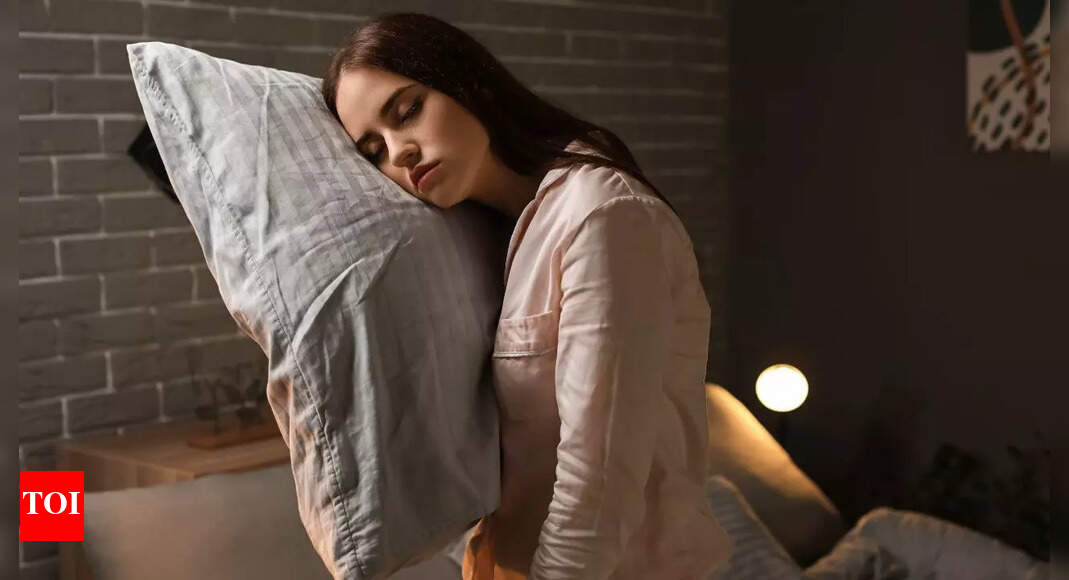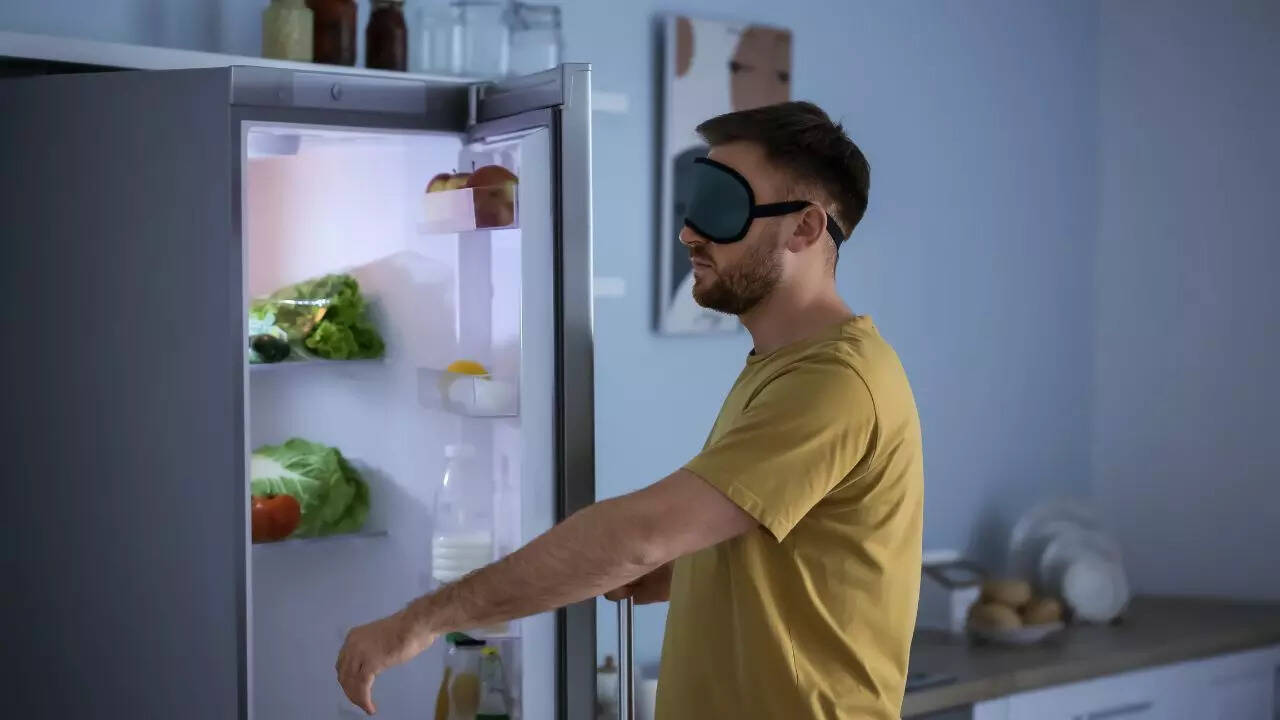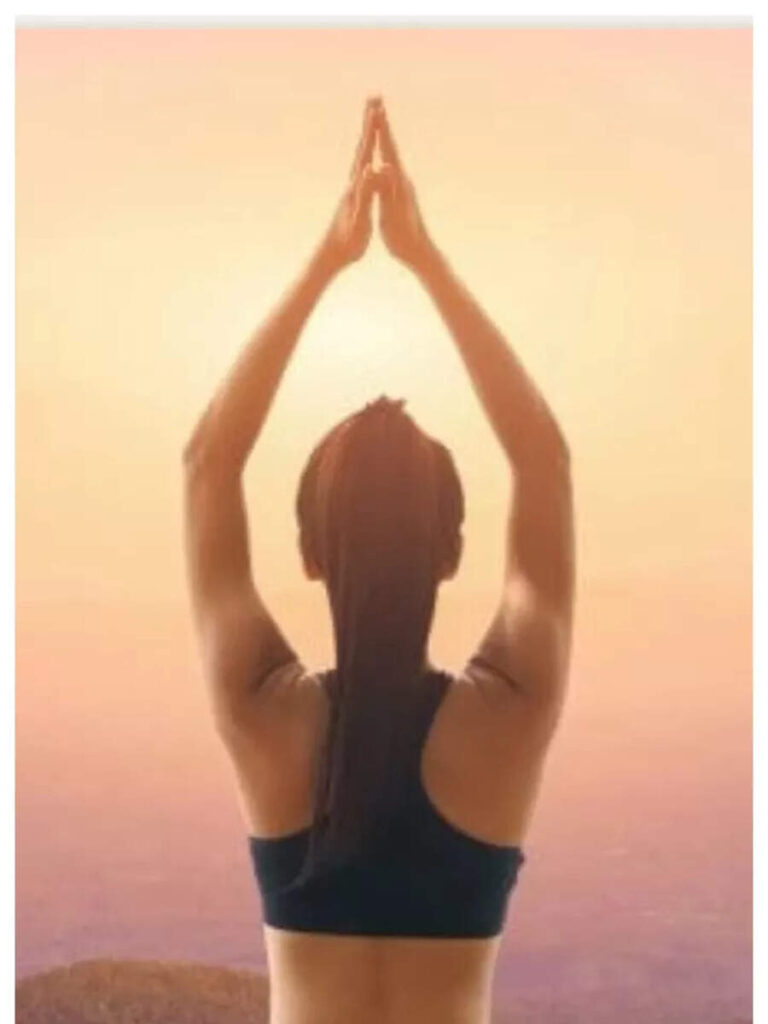
Ever woken up to find your socks in the fridge or your keys in the sink, with no memory of how they got there? Sleepwalking isn’t just a quirky movie trope. It’s a real sleep disorder affecting people of all ages, and you’re definitely not alone. According to a Stanford University School of Medicine study, published in Neurology, about 3.6% of U.S. adults reported sleepwalking at least once in the past year, while nearly 29% have sleepwalked at some point in their lives. That’s millions of people navigating life half-asleep, literally. Let’s break down what sleepwalking actually is, what causes it, and how to spot the signs without getting lost in jargon.
What causes sleepwalking?

Sleepwalking or somnambulism happens when your brain is stuck between deep sleep and partial wakefulness. Your body may be up and moving, but your mind is still offline. It typically occurs during the deepest stage of non-REM sleep, especially in the first third of the night. There are several potential causes. For some, it’s simply lack of sleep or emotional stress that disrupts healthy sleep cycles. For others, it may be genetic, if sleepwalking runs in your family, your chances of doing it yourself go up significantly. In children, fever or illness is a common trigger, while adults may experience it as a side effect of medications, alcohol, or underlying sleep disorders like sleep apnea.
What are the symptoms of sleepwalking?
Sleepwalking isn’t always dramatic, not everyone ends up wandering outside in the middle of the night. For some, it’s as subtle as sitting up in bed or muttering nonsense while looking awake. But in more obvious cases, common signs include:
- Walking around with a blank or dazed expression
- Doing routine tasks like opening doors or rearranging things
- Talking incoherently or mumbling
- Being hard to wake up during the episode
- Having no memory of the incident the next morning
It can be unsettling to witness, but unless the sleepwalker is in danger of hurting themselves or someone else, episodes are usually short and harmless.
What triggers sleepwalking episodes?
While causes and triggers can overlap, triggers are more situational, they bring on episodes in people who are already prone to sleepwalking. For example, if you’ve had a week of broken sleep, your chances of sleepwalking go up. The same goes for jet lag, emotional stress, or even just sleeping in an unfamiliar environment. Drinking alcohol too close to bedtime can also disrupt sleep architecture and trigger episodes. In kids, overstimulation, high fevers, or late-night excitement can lead to a sleepwalking episode. In adults, triggers tend to be more lifestyle-related, like irregular sleep schedules, burnout, or poor sleep hygiene.
Is sleepwalking different in adults and children?
Yes, and it matters. In children, sleepwalking is usually a temporary phase, something they grow out of as their nervous system matures. It’s often linked to fever, fatigue, or overstimulation. In adults, however, sleepwalking tends to be more complex and risk-prone. The behaviours can be more elaborate from cooking to driving and are often linked to deeper issues like medication side effects, chronic stress, or an untreated sleep disorder. If sleepwalking begins in adulthood or becomes frequent, it’s important to rule out medical causes and consult a sleep specialist.
When should you worry about sleepwalking?
Sleepwalking isn’t always a big deal, but there are signs it might be time to seek help. If it starts happening regularly, leads to injuries, or includes risky behaviours like leaving the house or using appliances that’s a red flag. Also, if the person is visibly exhausted during the day or seems confused or panicked after episodes, medical intervention is worth considering. It’s especially important to talk to a doctor if sleepwalking begins in adulthood or is accompanied by other sleep disturbances like night terrors or gasping for air.
How to reduce sleepwalking naturally
You can’t always stop sleepwalking entirely, but making a few small changes can drastically reduce the chances of it happening. Start by creating a consistent sleep schedule, your brain loves predictability. Avoid alcohol, caffeine, and large meals close to bedtime. Create a calm, familiar sleep environment with soft lighting and limited noise. Also, make your room safer. Keep floors clear, lock doors and windows, and avoid sleeping in bunk beds if the person is prone to walking in their sleep. For adults with frequent episodes, CBT (cognitive behavioural therapy) and sleep studies can be helpful in identifying the underlying triggers and learning how to manage them.Sleepwalking might look strange on the outside, but it’s a very real and often manageable, sleep disorder. Whether it’s triggered by stress, fatigue, or family history, the key is paying attention to patterns and making small, sustainable lifestyle changes. And if it ever starts interfering with your safety or peace of mind? Don’t hesitate to ask for help. Better sleep is possible, even if your body occasionally decides to walk without you.Also read| Why Trigeminal Neuralgia is called the suicide disease and how its pain becomes unbearable








